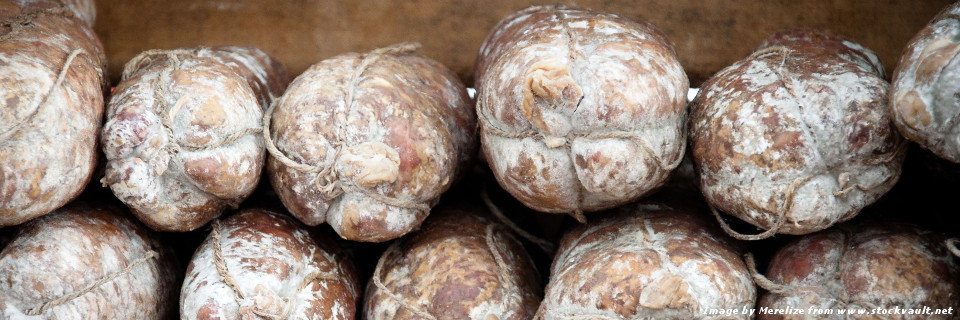Ricerca
Study of growth potential of Listeria monocytogenes in low fat salami: an innovative Italian meat product

18/01/2017
Elena Dalzini, Elena Cosciani-Cunico, Enrico Pavoni, Barbara Bertasi, Paolo Daminelli, Guido Finazzi, Marina N. Losio, Giorgio Varisco
Laboratorio di Microbiologia degli Alimenti, Istituto Zooprofilattico Sperimentale della Lombardia e dell'Emilia Romagna B. Ubertini, Brescia, Italy
Italian Journal of Food Safety 2014; 3:2112
© E. Dalzini et al., 2014 Licensee PAGEPress, Italy. In the last years, consequently to EC Regulation no. 1924/2006 on nutrition and health claims made on foods, some Italian food businnes operators (FBOs) leaders in the meat sector, invested in research to develop innovative products such as low fat salami, containing up to 30% less fat than the traditional one. For FBOs it is essential to demonstrate for each production process whether the substrate allows the growth of L. monocytogenesand whether L. monocytogenes could reach or exceed the limit of 100 cfu g -1 at the end of the shelf life, as stated by EC Regulation no. 2073/2005. In the present study, the growth potential of L. monocytogenes during the shelf life of low fat salami packed in modified atmosphere was evaluated. The results show that the product is unable to support the growth of pathogen, even if the storage temperature is between 8 and 12°C.

